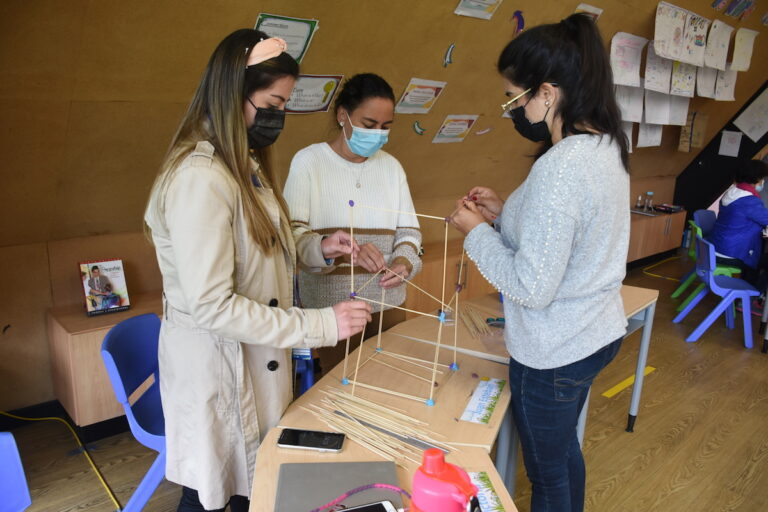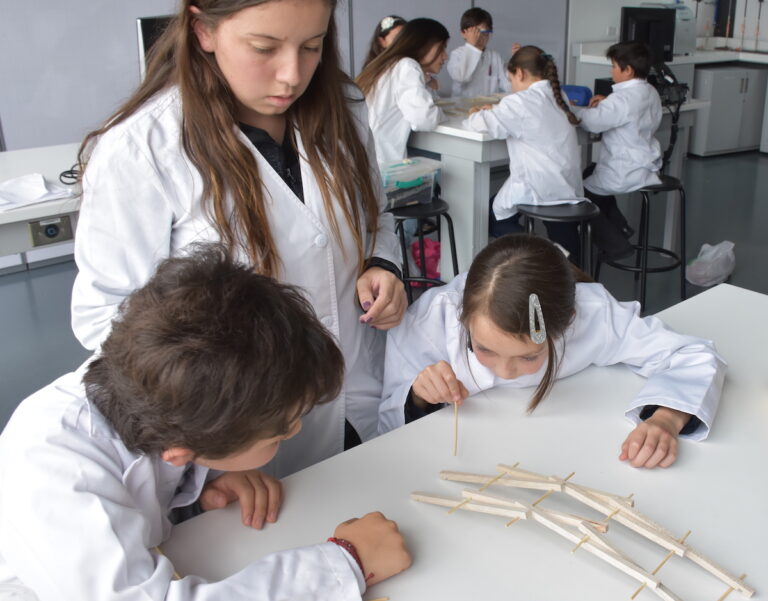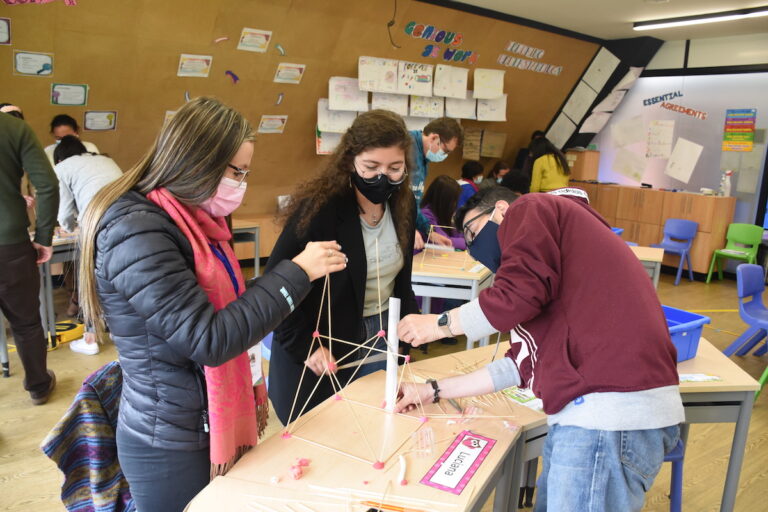- info@ciedi.edu.co
- Kilómetro 3 vía Suba-Cota, Bogotá
- (+571) 6830604 – 315 399 1005

At CIEDI, we have established professional learning communities, teams of teachers in preschool, elementary and high school, formed around the study of iSTEM Education.


© Copyright 2022 – All rights reserved – CIEDI
Developed by Pixel GD Agencia de Marketing Digital